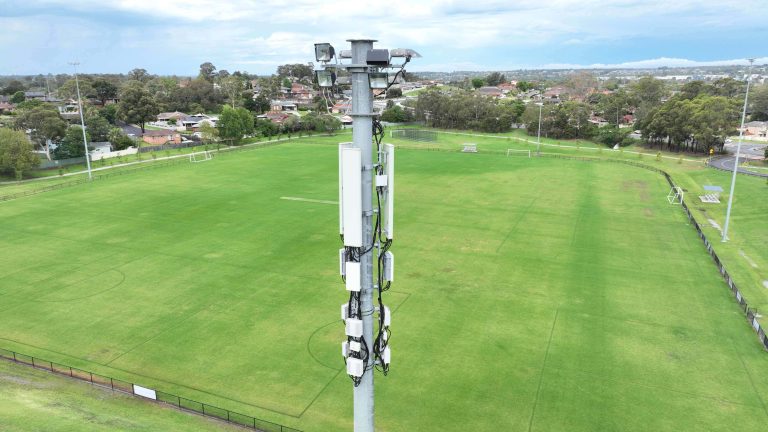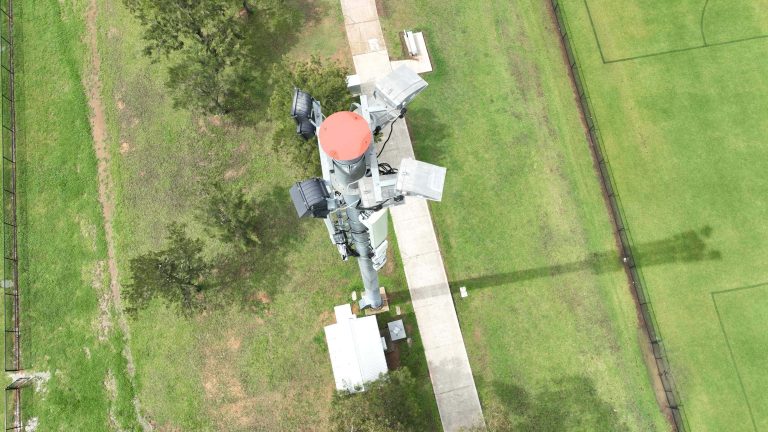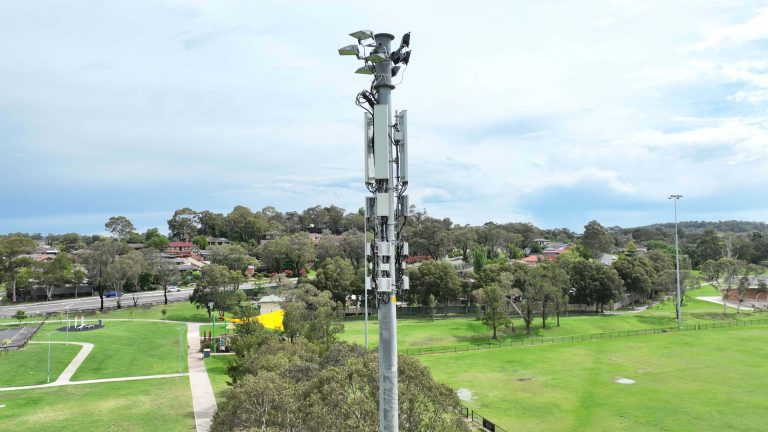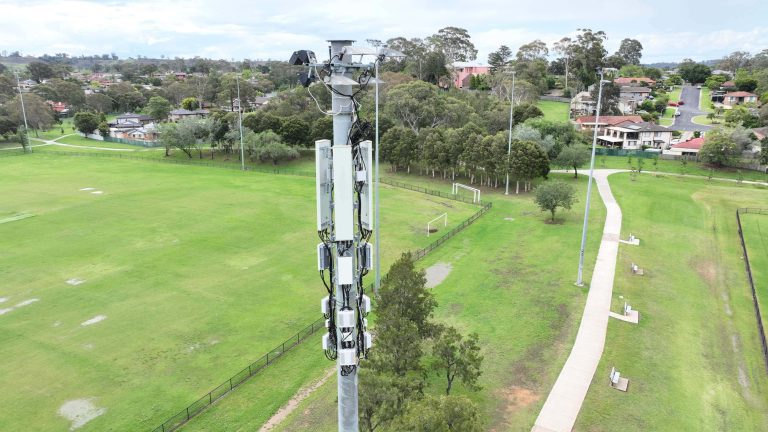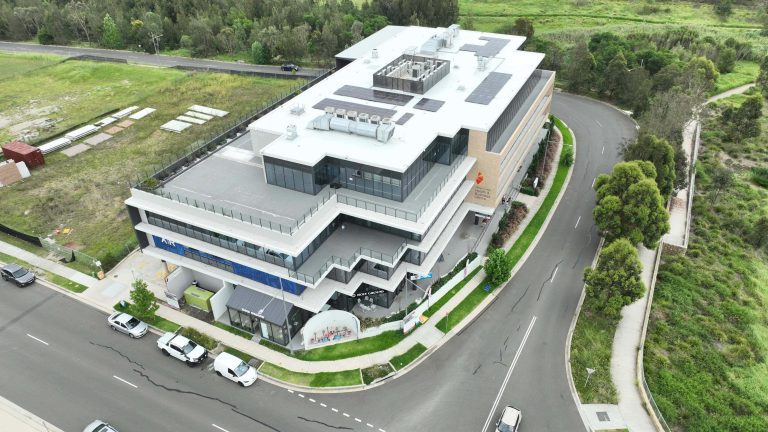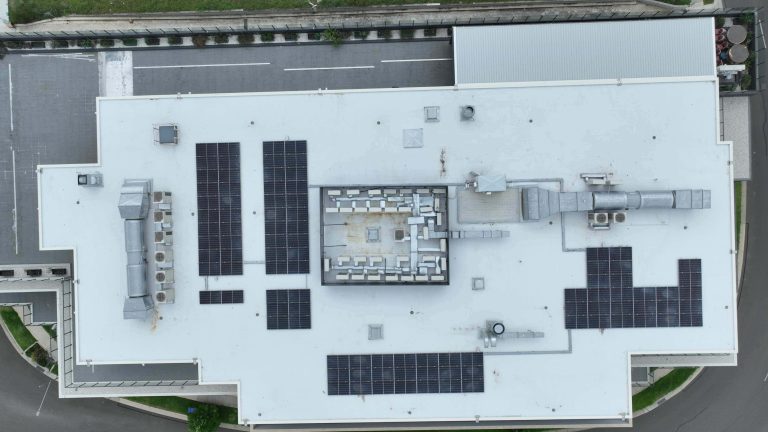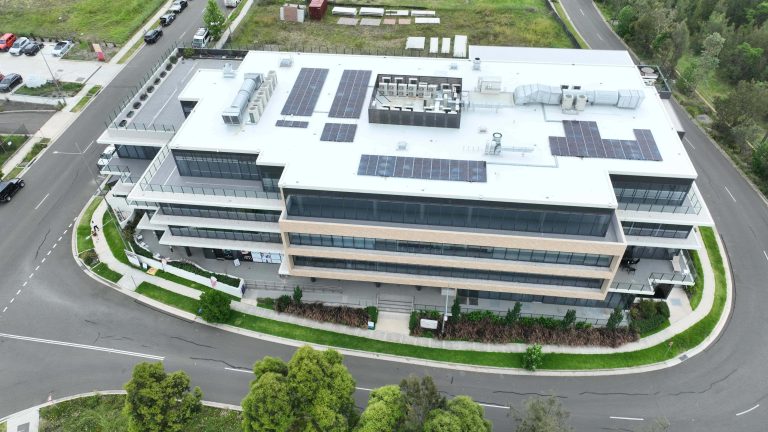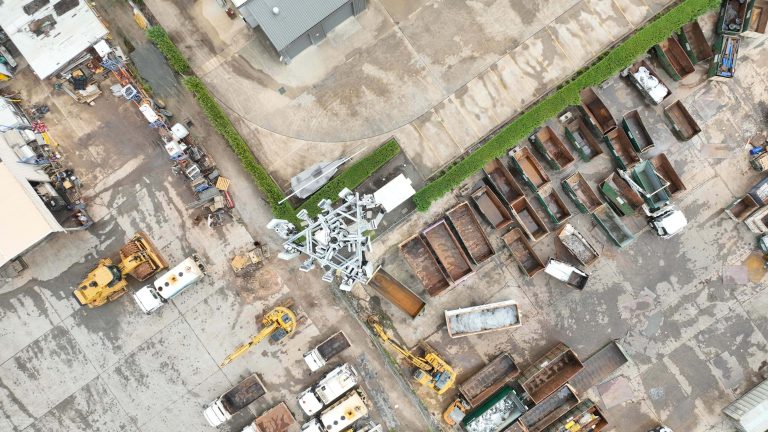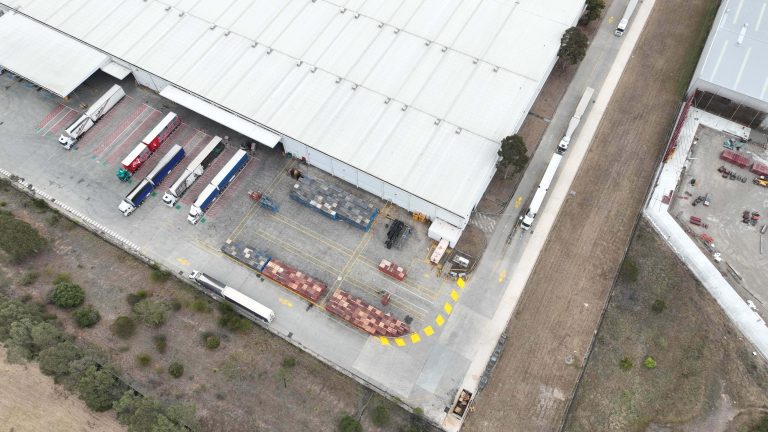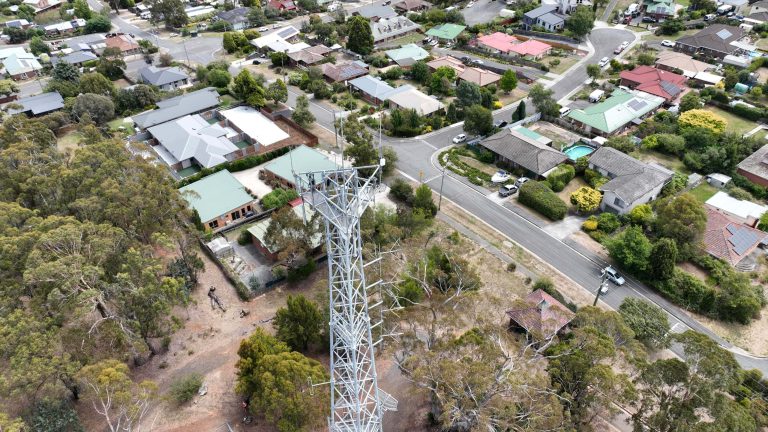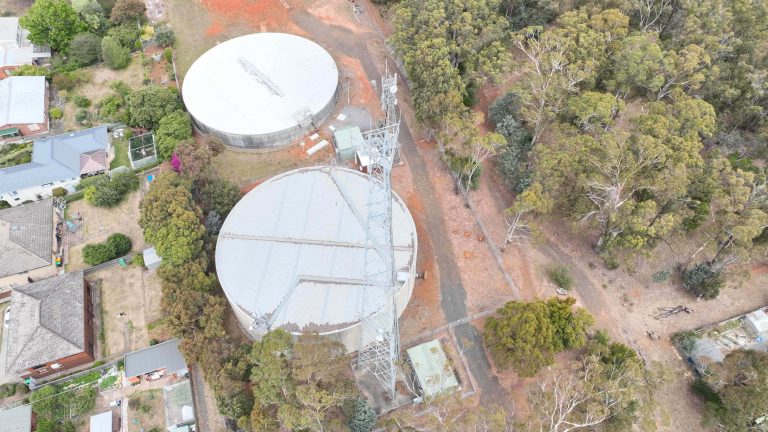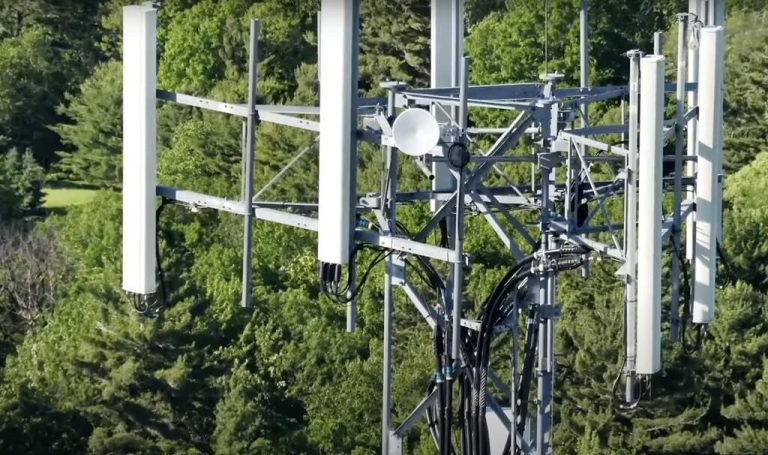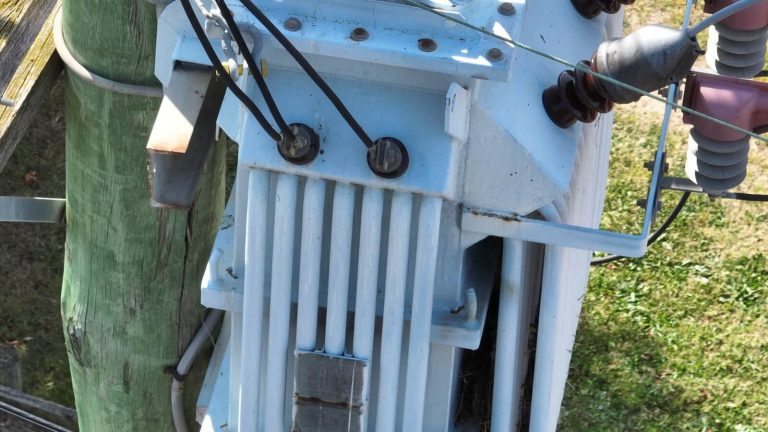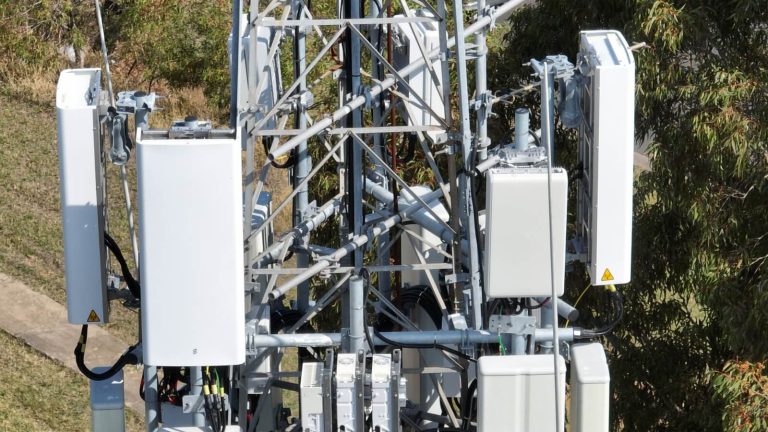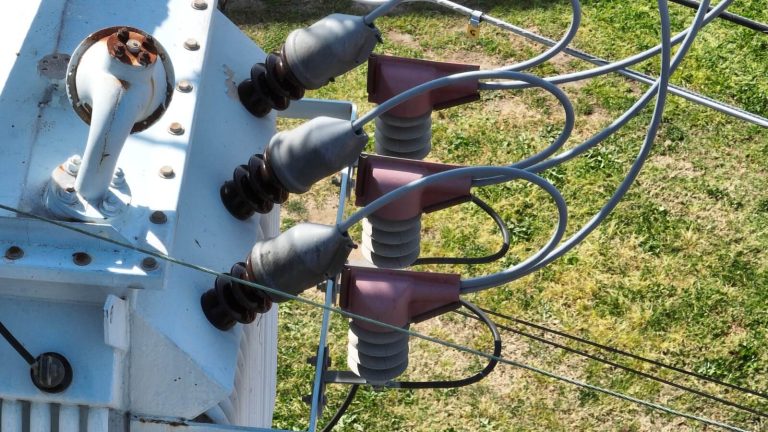Assets Inspection
Aerial Media || 3D & Photogrammetry || Aerial Mapping & Surveys || Thermal Imaging || Assets Inspection
Drone Assets Inspection Services
Drone Asset Inspection Services involve using unmanned aerial vehicles (UAVs) to perform visual checks and gather data on large assets for maintenance purposes. These inspections increase efficiency, protect inspectors from dangerous conditions, and allow for remote monitoring through a drone’s camera. Drone inspections are used in various industries, including power lines, construction sites, wind farms, railways, oil & gas rigs, and more. Drones can be equipped with visual cameras, thermal imaging cameras, and other sensors to conduct different types of inspections.
Drone inspections can dramatically reduce the high costs, safety risks, and time involved with conventional inspection methods. Companies can either purchase a drone or hire a drone-inspection-service company. UAV platforms are not intrinsically safe in their electrical design, but professional UAV inspection operations can offer an inspection procedure that minimizes health and safety risk to plant staff in addition to delivering significant economic savings to the plant
What is a Drone Assets Inspection?
Drone Asset Inspection refers to the use of unmanned aerial vehicles (UAVs) to perform visual checks and gather data on large assets for maintenance purposes. This method is employed to increase efficiency, protect inspectors from dangerous conditions, and allow for remote monitoring through a drone’s camera.
Drone inspections are particularly useful for inspecting hard-to-reach areas, reducing the need for inspectors to place themselves in dangerous situations. They can also help companies save money by reducing liability insurance costs and increasing safety through more frequent inspections.
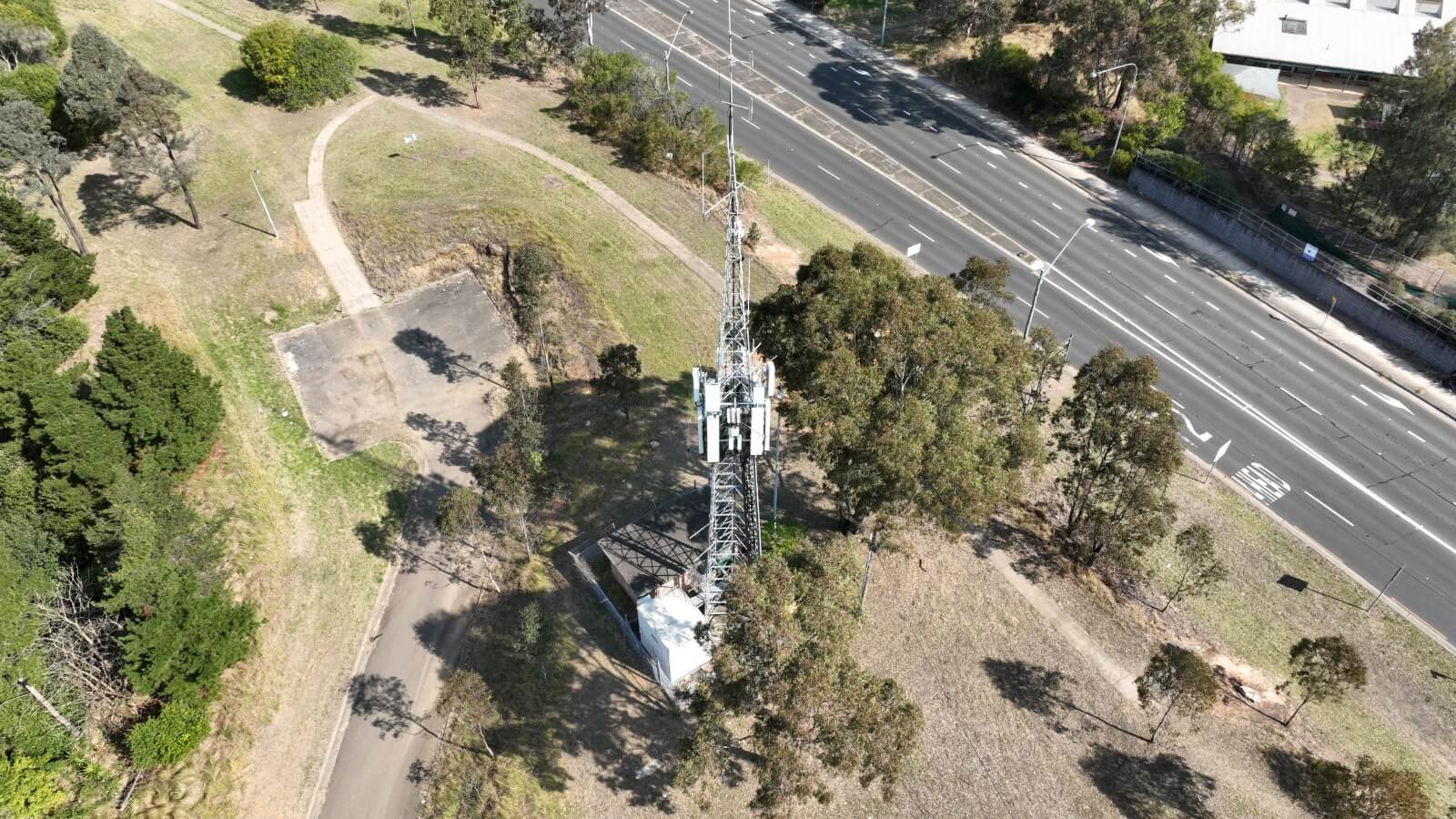
What are the benefits of Drone Assets Inspection?
Save time and money
The economic advantage of drone land surveying comes primarily from its low operating costs compared to its main competitors, airplanes, and helicopters, which are up to 10 times more expensive than drone topography. Besides, recent studies show drone surveying is up to five times faster than traditional land-based methods.
Provide high data accuracy
Drones have extremely high accuracy, with aerial mapping reaching centimeter-level accuracy and mapping accuracy generally reaching 1:1000. In addition, aerial mapping also has a wealth of 3D geographic information, which can capture the data of large-scale terrain.
Map inaccessible places safer
Drone topographic survey allows us to obtain extensive and reliable data from inaccessible locations, unsafe steep slopes, or hazardous terrain. This means that surveyors can create a 3D computer model of the object under study and take a series of measurements in the office, without necessarily needing to be in the field or in a hazardous area to obtain data.
Why use Drone Surveying and Aerial Mapping?
Drones can acquire data from vantage points that are not accessible to humans, especially those areas with challenging terrains. There is no need for human operators to measure points in hazardous locations physically, rather the drone can fly over an area, capturing the same amount of data in a shorter time frame.
For the best drones for land surveying, Upload Enterprise Drones provides a comprehensive drone surveying solution, which has released drones that can carry different functions according to the different needs of users.
Provide Accurate And Reliable Data
Drones capture vast survey data on big projects fast, ideal for measuring and reporting. One flight generates thousands of 3D measurements, easily shown as maps, models, and more.
Ability To Map Inaccessible Areas
Aerial mapping drones are limitless. They can fly almost anywhere – unreachable areas, unsafe steep slopes, or harsh terrain unsuitable for traditional measuring methods.
Safely Track The Progress Of Your Project
Drones give you the ability to monitor the progress of your project from a distance. This is a big step towards a more efficient and safer monitoring process.
Application of Aerial Assets Inspection
Traditional inspections involve humans and are often slow, expensive and involve high risk. Our cutting-edge drone technology eliminates the need for people to enter dangerous environments, while at the same time producing high quality data and reducing costs and downtime.
- Roof and Building Inspection
- Solar Farm Inspection
- Power line & Tower Inspection
- Water Utilities
- Telco and Radio Tower Inspections
- Roads and Rail Inspections
- Confined Space Inspections
- Bridge Inspections
- Oil and Gas
- Construction sites
- Environmental monitoring and conservation
- Emergency response and disaster management
- Aerial photography and videography
- Mapping and surveying
- Telecommunications infrastructure and power lines
Projects We Have Worked On






Image Gallery
Our Videos
Trusted By

Frequently Asked Questions
UAVs can capture useful data on almost any asset. Drones can inspect assets (internal/external), including buildings, bridges, rail infrastructure, telecommunications towers, water reservoirs, and rooftops.
The drone can fly close enough to capture high-resolution images of your assets while maintaining a safe distance from the infrastructure.
Industries such as renewable energy, transportation, construction, and emergency response benefit from drone asset inspections
With advancements in technology, many drones now feature autonomous flight capabilities, making them easier to operate for asset inspections.
Why You Should be Using Upload
Upload Enterprise is a leading provider of commercial aerial mapping, drone surveys and aerial photography. We are CASA certified and fully insured, and we offer a wide range of services, including Lidar mapping, thermal mapping, multi spectral mapping, and astrophotography.
- Certified and licensed by CASA
- Public Liability Insurance of $12 Million
- Professional Liability Insurance of $6 Million
- Safety assessments for jobs
- Mine/Construction Spec Vehicles and Full PPE
- Drone fleet of the future
- GNSS ground control with PPK precision
